From development land, residential land to townhomes whatever you are looking for RPM has the ideal location for you.
From development land, residential land to townhomes whatever you are looking for RPM has the ideal location for you.

Development Land
Specialists in sourcing and selling development land for commercial and residential projects. Explore current and past opportunities.
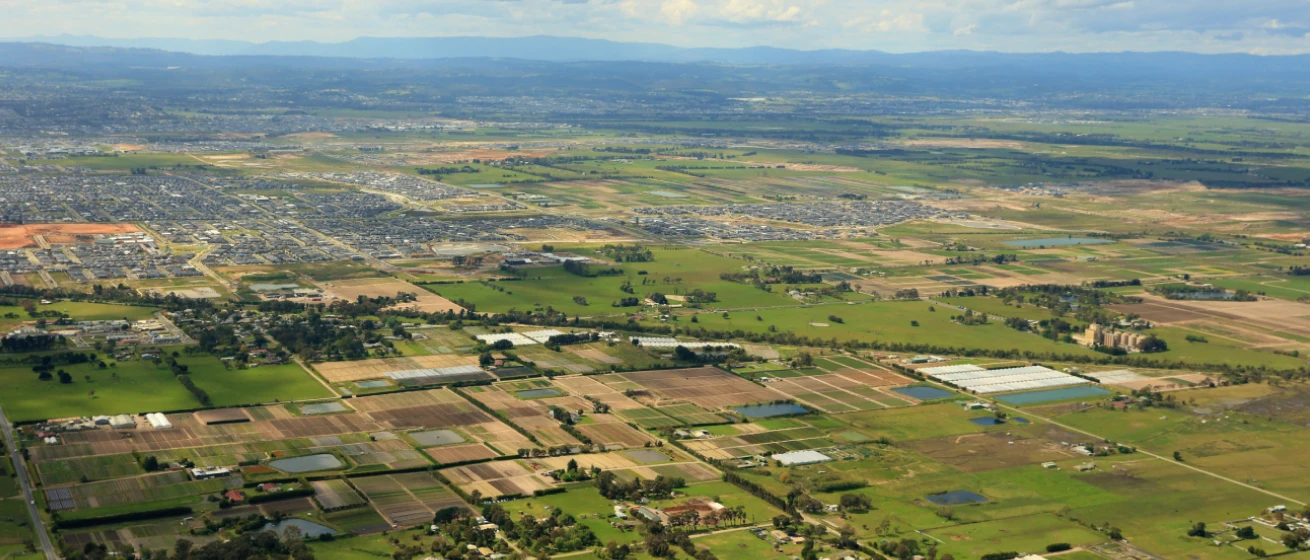
Residential Land
Across Australia’s East coast RPM has the ideal land to suit your lifestyle and dream home, explore the projects RPM is proud to be partners in selling.
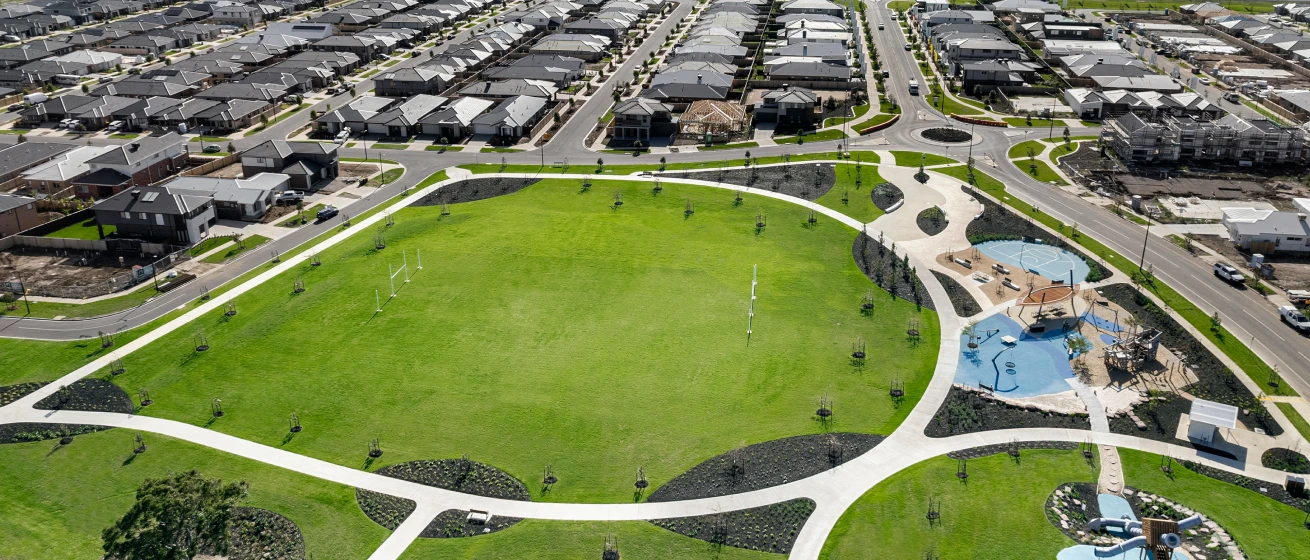
Townhomes
With townhouses to suit every lifestyle and budget, find your perfect home today.

Apartments
Inner city & coastal new apartment projects. Explore our projects to find your perfect location and style of living.

RPM offer a comprehensive suite of professional services at every stage of your property journey.
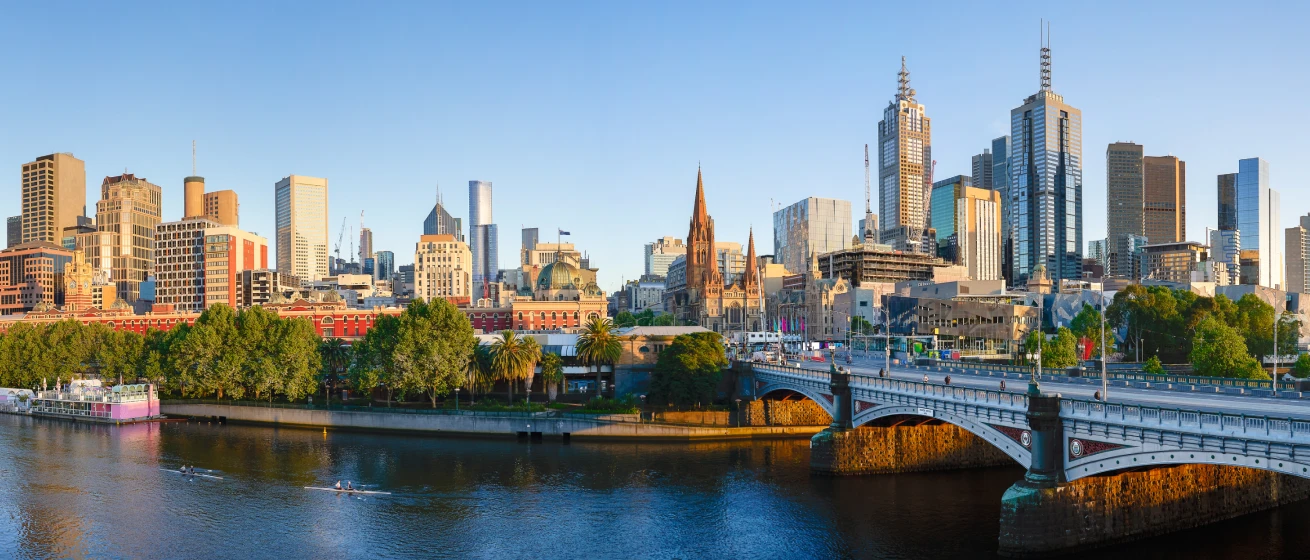
RPM offer a comprehensive suite of professional services at every stage of your property journey.
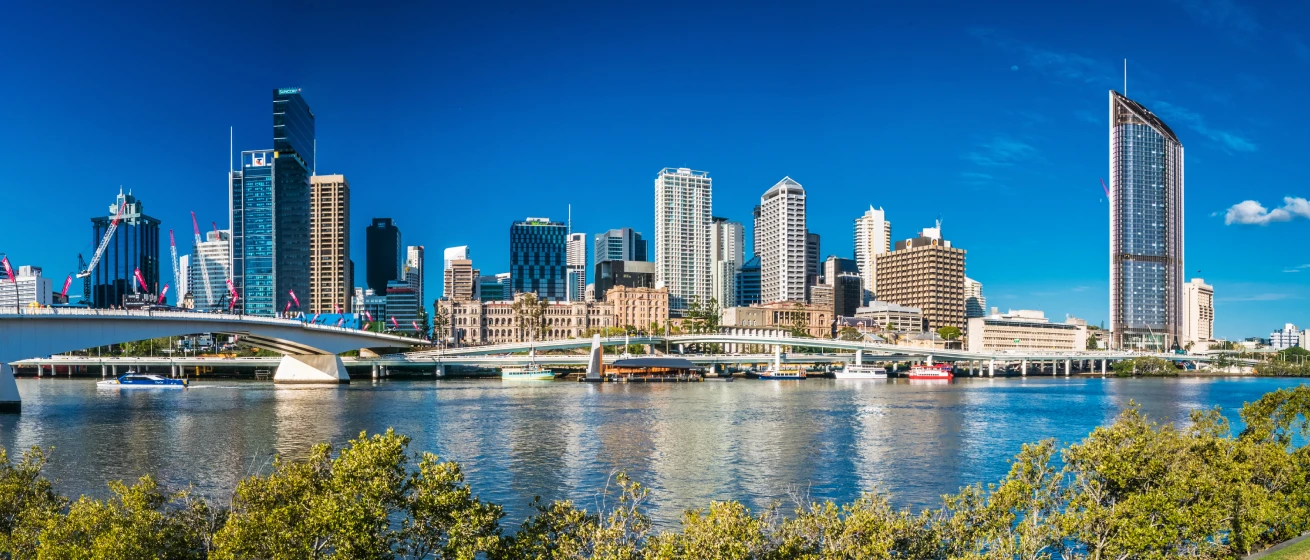
Pioneering new benchmarks in property intelligence, know-how, and data-driven insights, read the RPM Group's story.
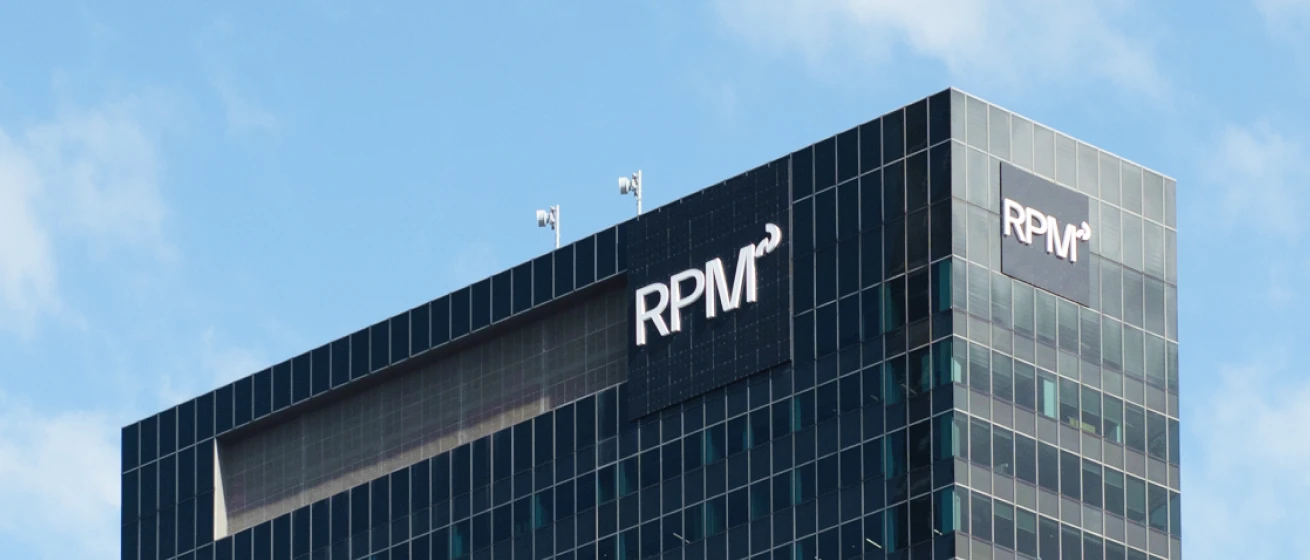
Our Story
Since 1994, RPM has grown to become the industry-leader with an expanding national presence; offering a comprehensive suite of services

Our Team
The heart of our business are the people who make it thrive. Discover the passion and dedication of our national team.

Careers
Our team of property experts is truly unparalleled. See how you can join this exceptional group and shape your future with us.

29.01.2025

Local investors continue to play a dominant role in Victoria’s residential property market, despite shifting economic conditions. In Q3 2024, they accounted for nearly a third of all loan commitments, maintaining their position as the second-largest buyer group. While investor loan volumes have dipped slightly—down from 13,585 in Q2 to 12,569 in Q3—they remain well above last year’s numbers, which saw 11,643 loans in Q3 2023.
Impact of Tax and Levy Changes
Recent tax and levy changes have led some investors to offload properties. REA estimates that around 5,000 investment homes have been sold since Victoria introduced revised land tax thresholds. However, these adjustments have not deterred new investors from entering the market. Nearly a year on, the initial market reaction has settled. Unless major policy shifts or macroeconomic changes occur, investor borrowing patterns are unlikely to see further disruption.
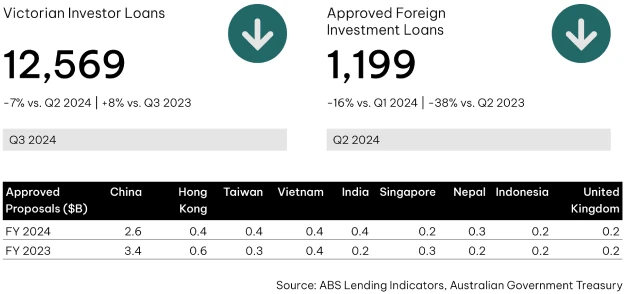
Foreign Investment Sees a Decline
Foreign investment, on the other hand, has slowed significantly. Only 1,199 Foreign Investment Review Board (FIRB) loans for residential property were approved in Q2 2024—a 16% drop from Q1. Chinese investors remain the most active international buyer group, but their numbers have declined, falling from 2,601 approvals in FY23 to 1,998 in FY24. The total value of these approvals has also dropped, from $3.4 billion to $2.6 billion, impacted by higher foreign investment fees, rising financing costs, and a cooling Chinese economy.
A Stable Market Outlook
For now, the Victorian property investment landscape remains stable. Local investors continue to hold firm, while foreign activity has softened. With no major policy changes on the horizon, current trends are likely to persist—at least for the foreseeable future.
This article references findings from our January 2025 Melbourne Apartments & Townhomes Market Report. Read the full report here.
You can see how this popup was set up in our step-by-step guide: https://wppopupmaker.com/guides/auto-opening-announcement-popups/
